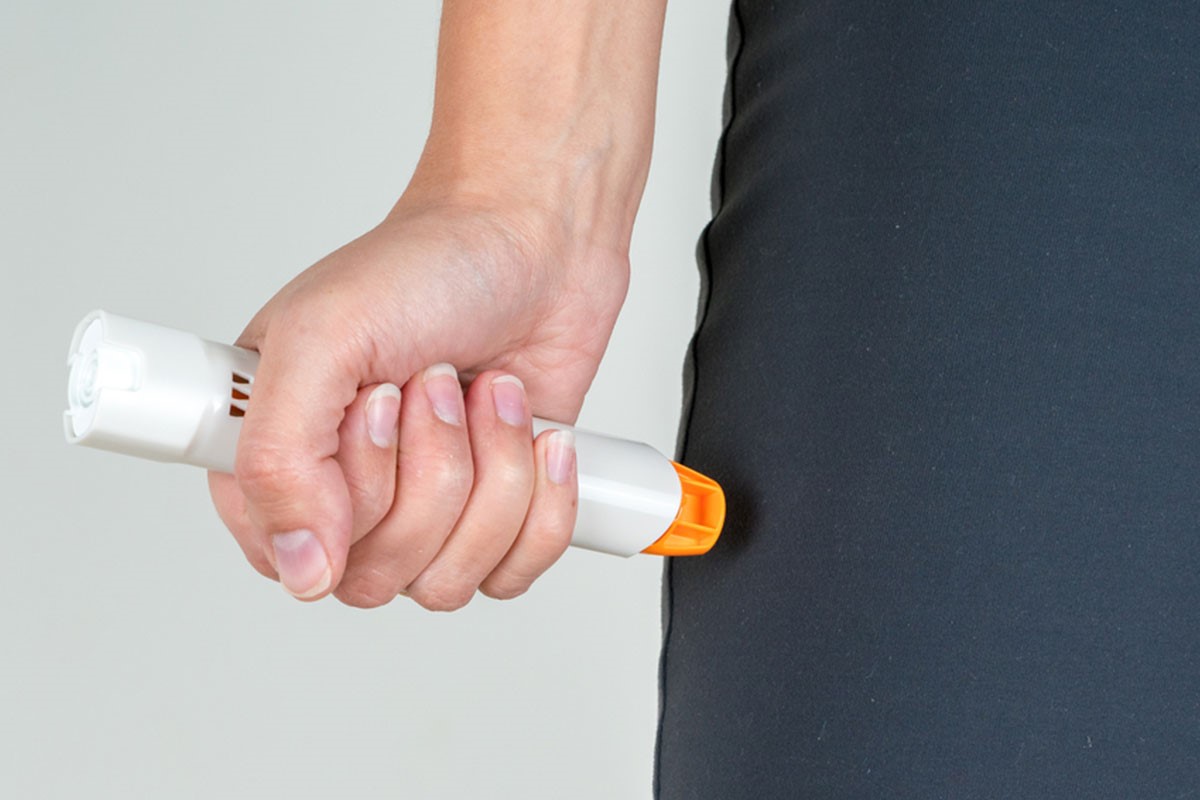
When can we talk about occupational allergies?
The spread of occupational allergies originates from the evolution of production technology, and the way to treat them is an achievement of Occupational Medicine in the last 30 years
Occupational allergies, the 280 substances that cause asthma and dermatitis
On a worldwide scale, there are about 280 “occupational” substances capable of inducing allergic disease characterized mainly by asthma and dermatitis, but also by rhinitis, urticaria and angioedema.
The term “occupational” simply means that the human organism encounters the triggering cause of Allergy in a work environment with the characteristics determined by the way of dispersion of that substance (dusts, vapors, contacts), with the frequency conditioned by the processing time.
Allergic sensitization can be determined by plant dusts, animal derivatives, insects, complex chemical compounds and simple chemical compounds.
The disease longest known is allergy to cereal flours (bakers’ disease).
The most recent one is allergy to latex in rubber products; the most curious one in agriculture is allergy to garlic.
Diagnosis of occupational allergies
Diagnosis of occupational allergy is complex, especially because of the knowledge it requires and the differential links with allergic disease from the living environment.
Specific desensitization by specific immunotherapy (ITS) is currently feasible only for wheat flour allergy.
Treatment of occupational allergopathy cases uses pharmacological interventions, on the environment, workplace, work behaviors, substance substitution, personal and environmental protections.
However, it is not always possible to recover the patient to a normal health balance.
Several occupational allergic diseases are protected by the INAIL insurance system because they generate disability.
Each diagnosed case must therefore be the starting point of a program that engages physician, worker and employer in a series of relationships that are not simple.
Read Also:
Emergency Live Even More…Live: Download The New Free App Of Your Newspaper For IOS And Android
Adverse Drug Reactions: What They Are And How To Manage Adverse Effects
Symptoms And Remedies Of Allergic Rhinitis
Allergic Conjunctivitis: Causes, Symptoms And Prevention
What Is And How To Read The Allergy Patch Test
Allergies: New Drugs And Personalised Treatment
Allergic Contact Dermatitis And Atopic Dermatitis: The Differences
Spring Arrives, Allergies Return: Tests For Diagnosis And Treatment
Symptoms And Foods To Avoid With Nickel Allergy
Contact Dermatitis: Can A Nickel Allergy Be The Cause?
Respiratory Allergies: Symptoms And Treatment


